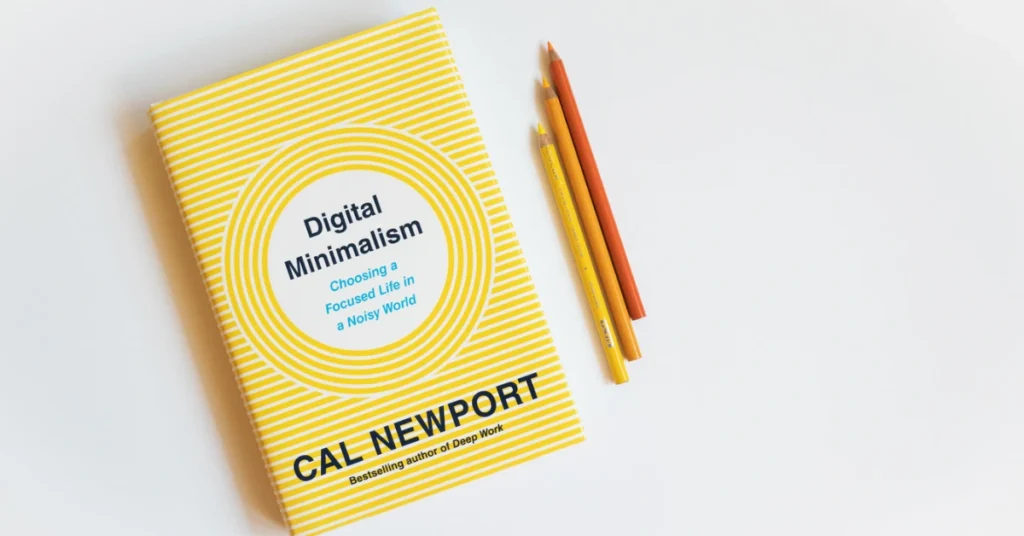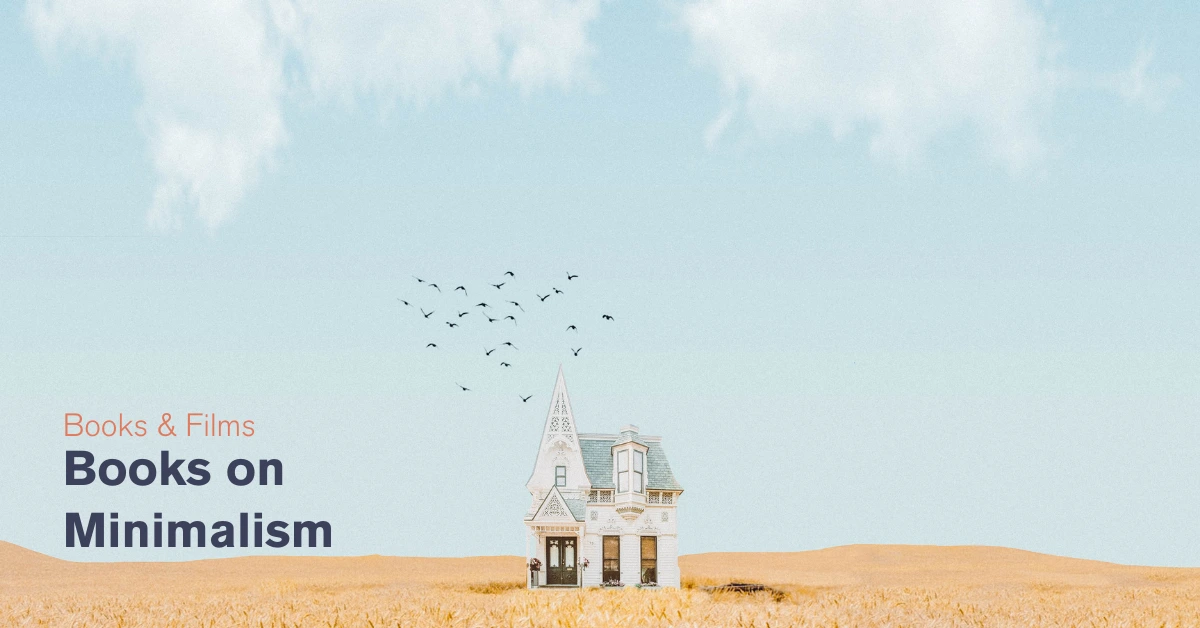Introduction: Books on Minimalism
Minimalism is beyond de-cluttering itself; it is a concept of simplicity, clarity, and efficiency. In terms of design, minimalism is the embracing of “less is more” without items that are not considered necessary but can produce desired functional and aesthetic results. A selectively compiled list of fine books on minimalism for the design process and streamlining processes in creativity.
1. “Digital Minimalism” by Cal Newport
This book explores the philosophy of an overload of technology and technology’s use by design. With ideas from the author Newport comes a means in which someone can deliberately limit digital distraction by focusing on meaningful ways of using technology towards personally set goals. These could also be applied to ensure that the work done does not involve too many instruments or procedures.
Why should you read this? There is always help in optimizing the tech and digital toolbox for the creative.
The most important lesson learned; Keep your digital environment free so that creativity and focus find their way.

2. “Essentialism: The Disciplined Pursuit of Less” by Greg McKeown
Essentialism is what encourages you to focus only on what really matters. McKeown’s work goes beyond lifestyle change into design principles, encouraging you to eliminate the unnecessary visual details to let the essential features shine through.
Why read it? Teaches how to do less but better making it one of best reads on books on minimalism.
Key takeaway: A compelling philosophy to sharpen focus and design with purpose.
3. “The Joy of Less: A Minimalist Living Guide” by Francine Jay
Although books on minimalism in the personal sphere of life, it does a lot for interior designers as well as product designers for learning from decluttering and how to organize living spaces. Jay teaches STREAMLINE, the way of achieving simplicity.
Why read it? Gives a book full of actionable steps for realizing simplicity both in life as well as in design
Key takeaway: Streamlines promote beauty and functionality.
4. “Goodbye, Things” by Fumio Sasaki
This book brings the personal touch to minimalism, inspired by the Japanese way of life. The author shares how embracing minimalism improved his life; thus, this book would be an inspiring read for designers who want to add cultural minimalism to their work.
Why Read It? This book gives real-life insight from a minimalist lifestyle.
Key Takeaway: Minimalism is not just a space issue but can alter mindset and design philosophies.
5. “The Home Edit Life” by Clea Shearer and Joanna Teplin
This book is all about practicality and aesthetics in order to organize your home without you losing your personal style at the same time. So, it is perfect and helpful for interior designers trying to balance simplicity with the creativity of the design.
Why Read It? Perfect book for those who are on the lookout for minimal-yet-practical interior decoration.
Key Takeaway: Personalize your style at the same time, never losing your organization.
6. “Sustainable Minimalism” by Stephanie Marie Seferian
In this book, elements of sustainability with guidepost minimalism will be revealed and help people embrace responsible and ecologically friendly life patterns. This would bring in an advantage for the designers to follow principles found within sustainable design that aim for ridding wasteful trends and excessiveness in creative designs.
Reason to Read This: it will teach the act of keeping up in being sustainable in approach about how to design
Key Point to Learn: there can be a need from merely aesthetical qualities while minimalism could contain both aesthetical and even environment-friendly qualities
FAQs
What are minimalist design principles according to the minimalist designers?
Minimalist design is all about simplicity with functionality and clarity. Its main characteristics are avoidance of unnecessary elements in a general sense, limited colors, clean typography, and an effective use of white space that enhances focus.
How is minimalist design impacting the user experience?
Through avoiding clutter, minimalist design leads to improved usability and increased navigability, thereby improving ease with which any user could engage with something.
Which of the following tools help with designing minimalist designs?
Features offered by tools such as Figma, Adobe XD, and Sketch offer features to help in making designs sleek, minimalistic, especially on UI/UX projects.
Where does a designer draw inspiration from to become minimalistic?
Reading books such as Digital Minimalism and Essentialism is one source. Another great resource would be to read the answers of experts and users’ opinions about design in the online forums on Quora and Reddit.
Read More Articles here.


